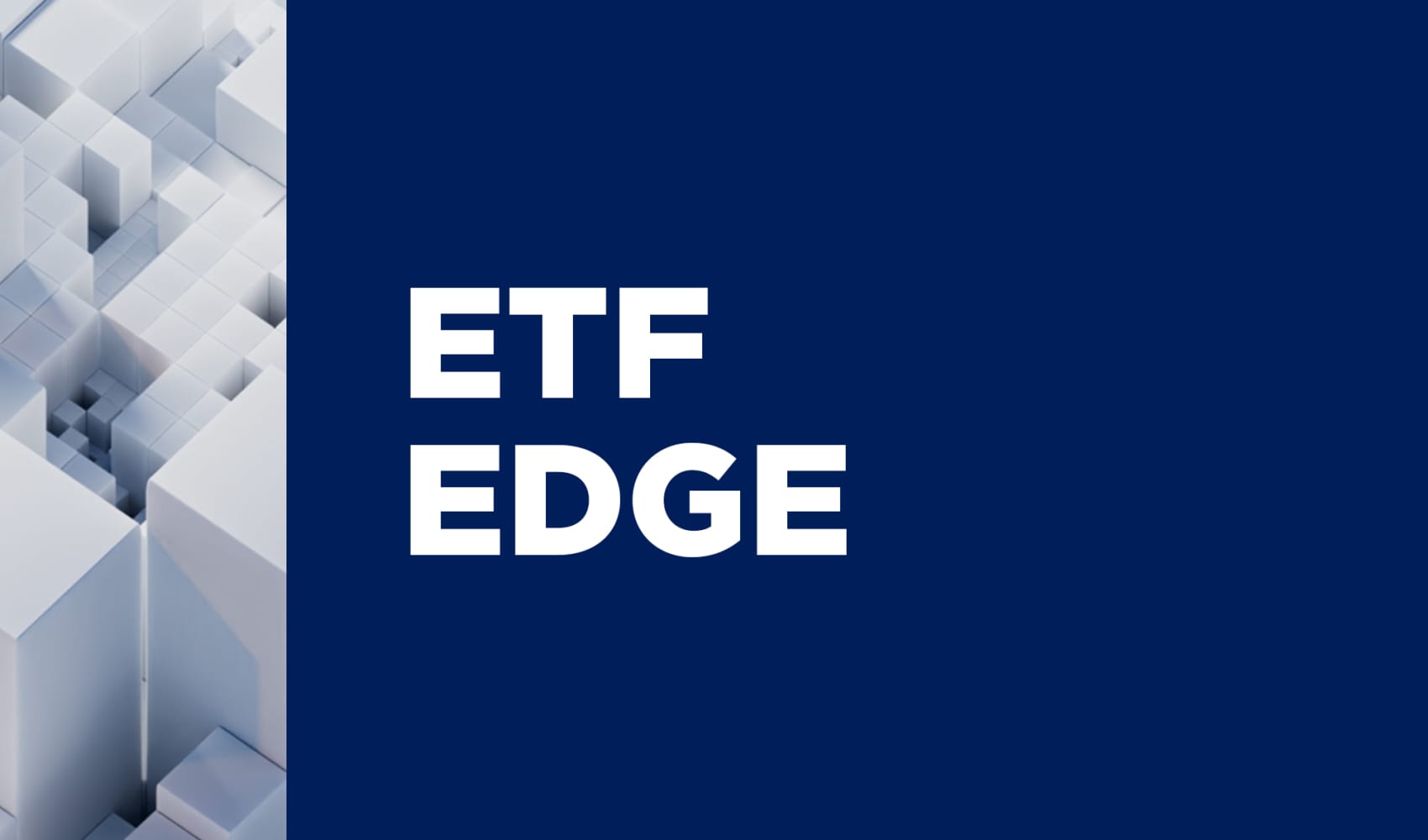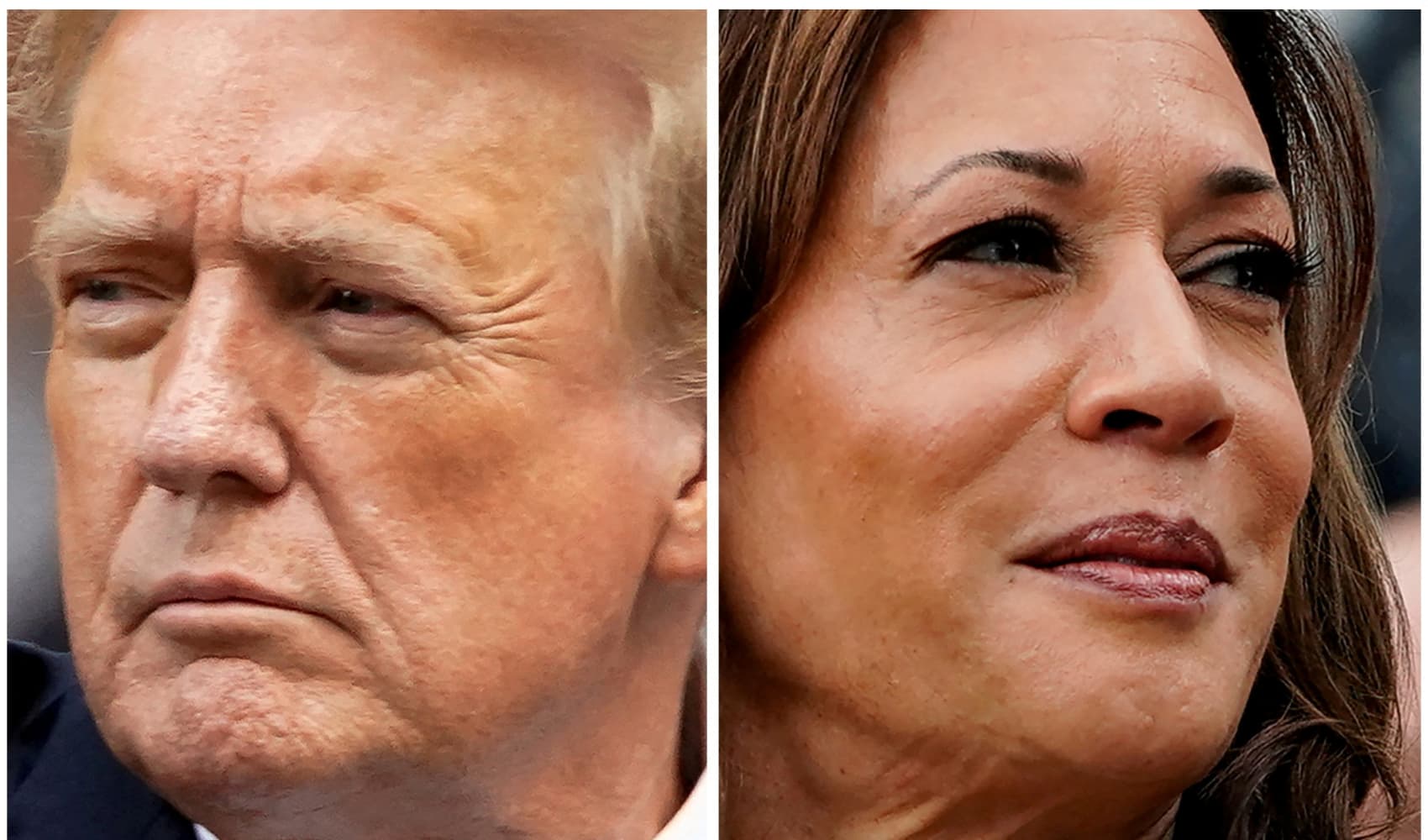
- As a global market sell-off continues amid fears of a looming U.S. recession, the Federal Reserve may have little room to manoeuvre, the CEO of Smead Capital Management warned Monday.
- "The Fed is trying to fight a ghost in some respects," Cole Smead said, adding that it is still attempting to combat the after effects of bumper fiscal stimulus.
- The market rout extended on Monday, with U.S. futures mirroring losses in Europe and Asia after a weaker-than-anticipated jobs report for July.
LONDON — As a global market sell-off continues amid fears of a looming U.S. recession, the Federal Reserve may have little room for manoeuvre, investor Cole Smead warned Monday.
Smead, who is CEO of Smead Capital Management, told CNBC that the Fed is still attempting to combat the after effects of bumper fiscal stimulus, which have made it difficult to accurately gauge the state of the economy.
"The Fed is trying to fight a ghost in some respects. The ghost is a massive amount of federal spending on deficit, 7% of U.S. GDP, and it's very hard to counteract a problem like that, that you didn't create," Smead told CNBC's "Squawk Box Europe."
Get top local stories in San Diego delivered to you every morning. Sign up for NBC San Diego's News Headlines newsletter.
"I think Jay Powell is doing all he can to understand that problem and counteract it with monetary policy. But it's a fiscal problem, and that fiscal problem's not ending," he said.
The market rout extended on Monday, with U.S. futures mirroring losses in Europe and Asia after a weaker-than-anticipated jobs report for July and a higher unemployment rate ignited worries that the U.S. economy could be falling into a recession.
The Cboe Volatility Index, also known as the "VIX" — a measure of expected market volatility — jumped to 41.65, according to LSEG data, hitting its highest level since October 2020, as risk fears returned to the market.
Money Report
Investors have grown concerned that the Fed has been too slow to cut interest rates after hiking them in a range between 5.25% and 5.5% to combat inflation from the Covid-19 era.
The U.S. central bank held rates steady at its latest policy meeting last week, but markets are predicting that it may now need to more faster and more firmly to prevent a downturn, with interest rate futures contracts pricing in a 70% chance of a 50 basis-point cut in September, according to Reuters.
Smead said the latest inflation data, which showed price rises dipped in June for the first time in four years, was a positive signal for markets — but he noted that underlying issues remain.
He said he now sees the U.S. falling into recession "at some point," though he added this was more likely to be led by the loss in asset values from the fall off of the stock market.
The Fed will continue to have a challenge on its hands as it grapples with the added inflationary pressures of the U.S. election cycle and the prospect of wider conflict in the Middle East, Smead noted.
"Is it likely to see us tame our fiscal spending in the interim?" he said of the election campaign. "The answer is 'no.'"
"Whoever comes in, be it Kamala Harris or Donald Trump, there's going to be an interest in trying to prop up anything," he said.






